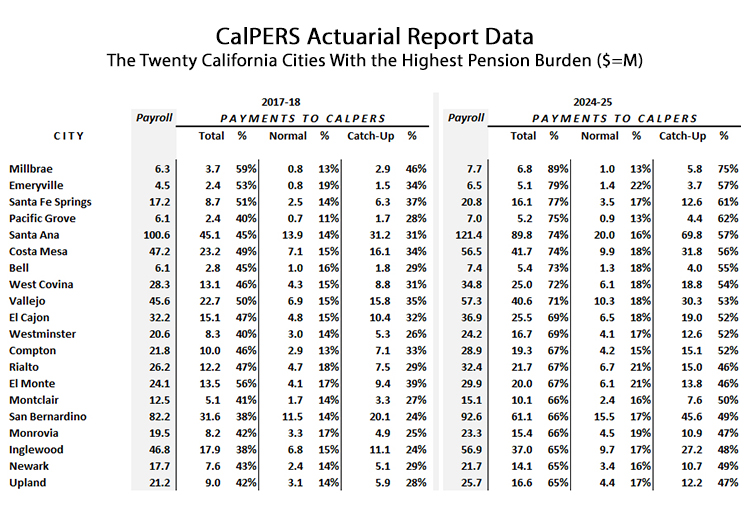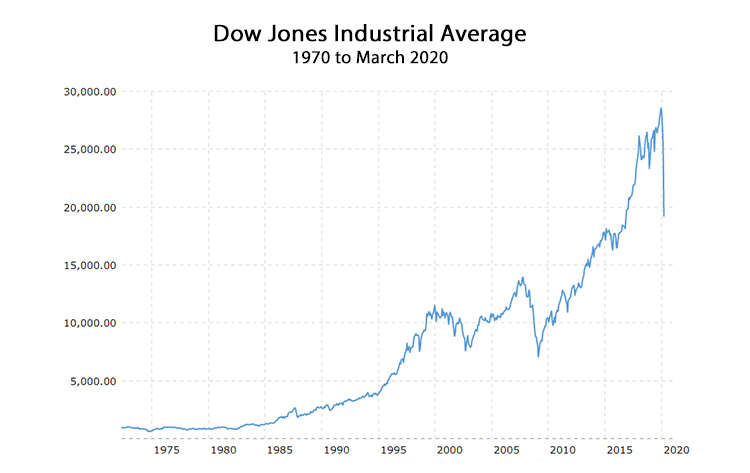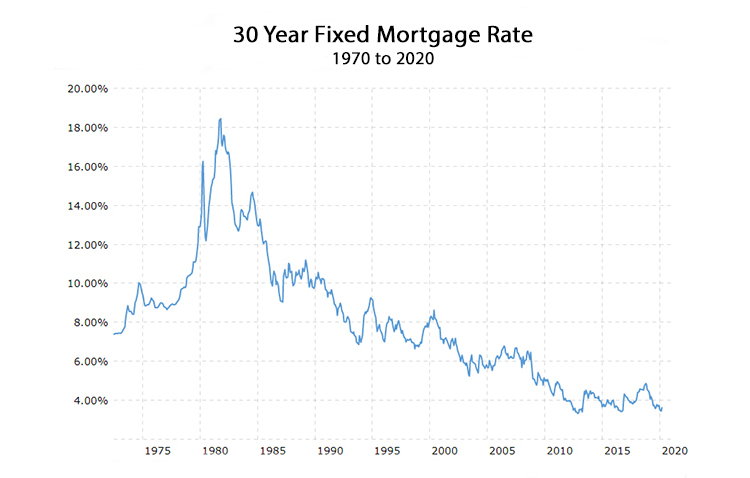What Democratic Party Rule Will Do to America
Recent and ongoing events, historic by any standard, have emphatically refuted anyone who thought a black swan event could not possibly disrupt America’s 2020 election. Recent events might also suffice to remind us that yet another Black Swan event could transpire before the November election, creating additional political disruption.
Regardless of how America’s public health and economic fortunes withstand this current ordeal, most establishment media along with the social media monopolies are firmly in the camp of the Democrats. They will present everything that happens between now and November in a manner to favor Democratic candidates and harm Republicans.
It’s hard to win when nearly every special interest group in the nation is getting its pockets greased by policies supported by Democrats, and every one of them is using every financial resource they’ve got to elect more Democrats.
What’s astonishing isn’t that Republicans still cling to a razor-thin majority in the U.S. Senate, it’s that there are any Republicans left, anywhere.
With billions of dollars pouring in from leftist billionaires, multinational corporations, and public-sector unions, the Democrats have set ambitious goals. The liberal website Vox identifies no fewer than 11 U.S. Senate races they claim Democrats could take and unseat incumbent Republicans. The politically neutral Cook Political Report ranks four races for the U.S. Senate, in Arizona, Colorado, Maine, and North Carolina, as “toss-ups.” As reported in The Hill, “changing demographics” (along with a stupefying amount of out-of-state money) have put North Carolina in play.
And what about Montana, one of four additional states ranked by Cook as “lean Republican”? To the delight of the Washington Post and the New York Times, popular Democrat governor Steve Bullock recently decided to run against Montana’s incumbent freshman Republican Steve Daines. Can he win? With or without additional black swan events, he’s got the entire weight of America’s Democratic establishment behind him. But Montana voters need to think carefully about the choice they make in November.
California Illustrates the Consequences of Democratic Party Rule
Montana may have harsh winters, but these residents of the frozen north are spared the inclement consequences of Democratic rule. They are, along with residents of states like Oregon (except in Portland) and Vermont, living in societies that don’t have to shoulder the economic deadweight and social disruption created by Democratic Party policies.
They need to come to California, where Democrats wield absolute political power. Then they need to visualize these conditions in every city and town and county and school district in their own beautiful state.
The first thing to understand about California is that it is run by leftist billionaires in partnership with government unions. In exchange for pension benefits that were breaking the budgets of California’s state and local governments prior to the COVID-19 sparked economic crash, public-sector employees have become a Praetorian Guard for the super-rich in California. Their tactics are brilliantly deceptive.
The premise of California’s Democrats is that they are saving the planet from wealthy corporations and saving the people from racists and sexists. Both of these premises are wielded like bludgeons to silence anyone who tries to question their policies. But the policies they’ve enacted have ruined everything. The poor are trapped in poverty, the rich get richer, and the middle class is leaving.
A quick look at various aspects of life in California ought to make obvious the failure of Democratic rule. The teachers’ unions in California have negotiated work rules that make it nearly impossible to fire incompetent instructors. They’ve made it necessary during layoffs to retain teachers based on seniority instead of based on teaching performance. They’ve set it up so a public school teacher has a job for life after less than two years of classroom observation. Their war on charter schools has denied the vast majority of students access to innovative and promising educational alternatives.
Even worse, instead of focusing on fundamentals such as math and reading, California’s legislature, controlled by the teachers’ unions, now requires high school and college students to complete an “ethnic studies” course as a graduation requirement. Review the syllabus for these courses to get an idea of the world view of Democrats. California’s ethnic studies courses indoctrinate California’s straight white male students, who now constitute barely 10 percent of Californians under the age of 18, that they are privileged scions of the most hideous oppressors in the history of the world. At the same time, these courses indoctrinate the rest of California’s youth to believe they are disadvantaged victims, who deserve special treatment for the rest of their lives.
And to mitigate this historical injustice, every major institution in California enforces race and gender hiring quotas. College professors have to sign pledges to document their commitment to diversity. SAT scores are ignored in college admissions and are on the verge of being dispensed with entirely.
The destructive impact of divisive indoctrination and racial and gender quotas are impossible to overstate. At what point does a commitment to proportional representation in all institutions become intolerably destructive, when this commitment is heedless of massive and verifiable disparities in aptitude? At what point does it render these institutions irreparably compromised?
Fighting Racism, Protecting the Planet
If California’s institutionalized racist anti-racism and sexist anti-sexism weren’t bad enough, equally unsustainable is its commitment to “sustainability.” California’s environmentalist overregulation is the reason housing is unaffordable. State officials have declared vast swaths of land off-limits to development, supposedly because suburban sprawl causes excessive “greenhouse gas” emissions, with the consequence being skyrocketing prices for what remains of available land that isn’t restricted. They have enacted escalating mandates for energy efficiency now culminating in a requirement for homes to be “energy neutral,” producing as much energy as they consume; all of this greatly increases costs at the same time as it makes these homes uncomfortable to live in.
And hiding behind the pretext of environmentalism, cities and counties that are financial slaves to the insatiable, ever-increasing demands of the pension systems, no longer have budgets to pay for infrastructure.
It used to be that cities built the roads, developers built the homes, and homebuyers became a new source of tax revenue. No more. Now developers in California pay for everything, passing all the costs into the price of new homes. Making it much worse, where it takes weeks to get permits in places like Montana, it takes years to get construction permits in California; dozens if not hundreds of different permits, and just one denial will stop everything in its tracks.
And then there’s litigation by California’s robust ecosystem of environmentalist plaintiff attorneys, using the California Environmental Quality Act to tie development proposals up in court for years.
This is the way of life that Democrats are going to bring to the entire nation if they ever get control of the White House and the U.S. Congress. Buckle up.
Lockdown the Law-Abiding, No Laws for Homeless
The COVID-19 pandemic that has already killed thousands and crippled the economy shines further light onto California’s dysfunction.
Governor Newsom refuses to suspend AB 5, a hideous new law that prohibits independent contractors from working unless their employers formally hire them. This despicable power grab by unions had already put hundreds of thousands either out of work or into legal uncertainty regarding their future. Now it’s preventing hospitals from hiring part-time freelance nurses, among other things.
And in Los Angeles, where Democratic Mayor Eric Garcetti has just advised residents to wear masks when leaving their homes to perform “essential activities,” the homeless population, numbering in the tens of thousands, has been subject to almost no restrictions.
The irony is spectacular. This health emergency has enabled a suspension of individual rights amounting to de-facto martial law, and yet Garcetti is still unwilling to remove the homeless encampments.
The entire homeless epidemic in California is a result of Democratic policies. It was Democrats who pushed for policies to empty the jails and prisons of “nonviolent” offenders, and then it was Democrats who successfully pushed for laws that downgraded property and drug crimes. It was Democrats who successfully pushed for laws that made housing prohibitively expensive to those who were marginally employed. It was Democrats who built “shelters” at a staggering cost in the middle of stable neighborhoods, putting zero behavioral requirements on those being sheltered (no sobriety requirement, no curfew, no background checks).
What did they think was going to happen?
And if California’s remaining voices of common sense suggested that instead of building “supportive housing” at an average cost to taxpayers of $500,000 per unit, that maybe there was some more cost-effective, feasible way to get the homeless into tent cities on less expensive land, they were branded as lacking “compassion.” Meanwhile, the stakeholders in the Homeless Industrial Complex—“nonprofit” developers with for-profit vendors, public bureaucrats and their expanding bureaucracies, attorneys, and consultants—all got to wet their beaks, while only a small fraction of homeless got a roof over their heads.
What COVID-19 and the economic misery that follows will enable is further industry consolidation. For the wealthiest Americans and for multinational corporations, this is a rare opportunity to expand and consolidate their positions.
California, with regulations atop regulations—ostensibly implemented to curb the power of big business—is the epicenter of big business. The big lie—alongside the lie that Democrats are the party of ordinary workers—is that regulations curb big business. The truth is regulations empower big business because small businesses don’t have the financial resilience to comply.
Come this November, in states like California, legalized election rigging such as ballot harvesting, absentee ballots, vote by mail, early voting, and same-day voter registration will all be enforced, with billionaire-funded operations to exploit them to the fullest. Expect a push to lower the voting age to 16, and continued efforts to expand the rights of noncitizens to vote. Let nothing surprise you.
And just like COVID-19, this is rolling out of the coastal Democratic strongholds to infect the entire nation. And just like COVID-19, if and when it does, nothing will ever be the same again.
This is life in California. One could go on, and on, and on, and on. It’s true, the Republicans aren’t perfect. Indeed, they are far from it. But Republicans are not Democrats, and that makes all the difference in the world. Wake up.
This article originally appeared on the website American Greatness.
* * *

Edward Ring is a contributing editor and senior fellow with the California Policy Center, which he co-founded in 2013 and served as its first president. He is also a senior fellow with the Center for American Greatness, and a regular contributor to the California Globe. His work has appeared in the Los Angeles Times, the Wall Street Journal, the Economist, Forbes, and other media outlets.
To help support more content and policy analysis like this, please click here.






